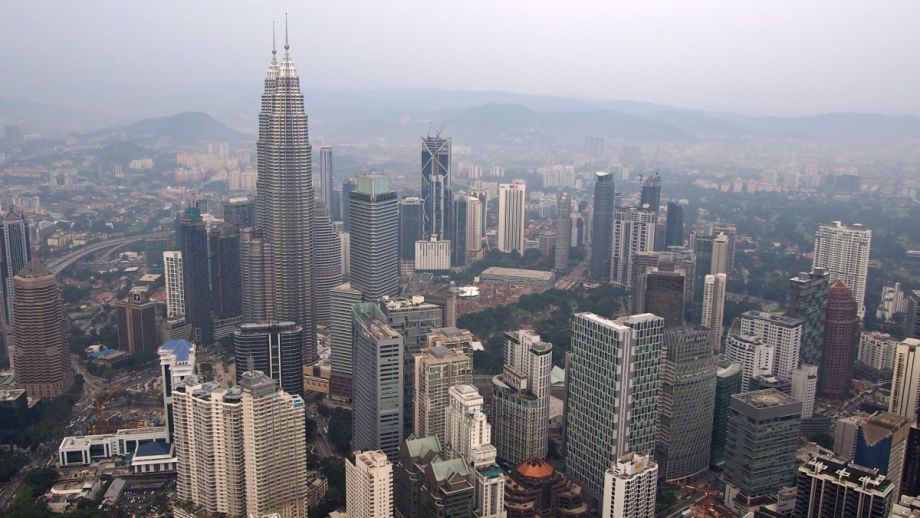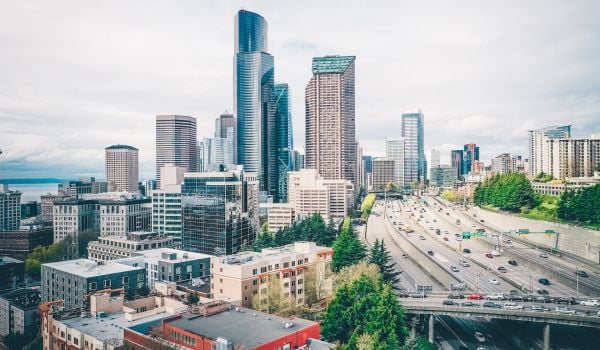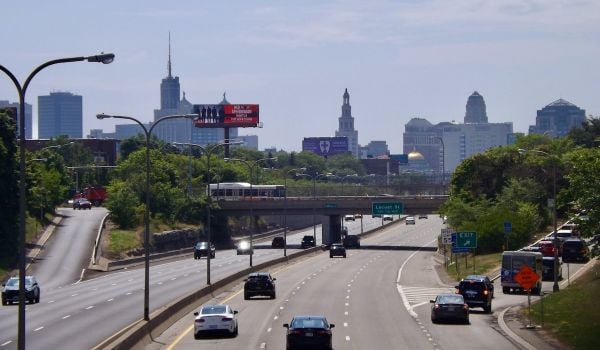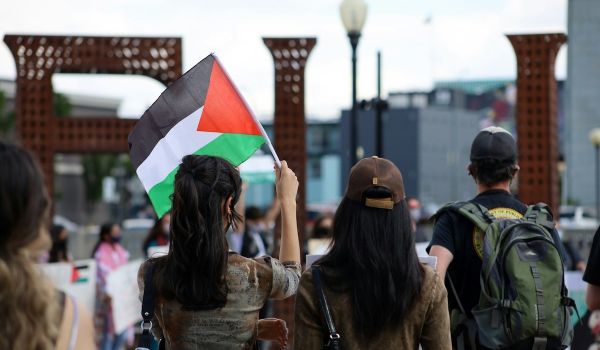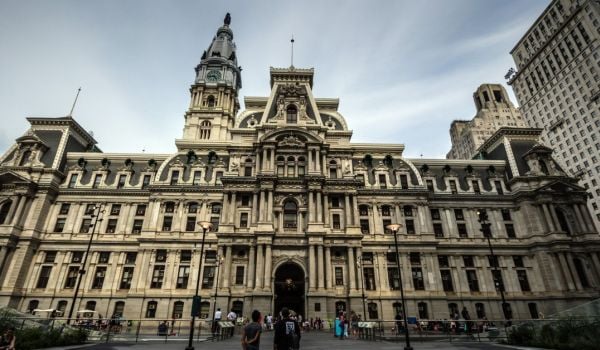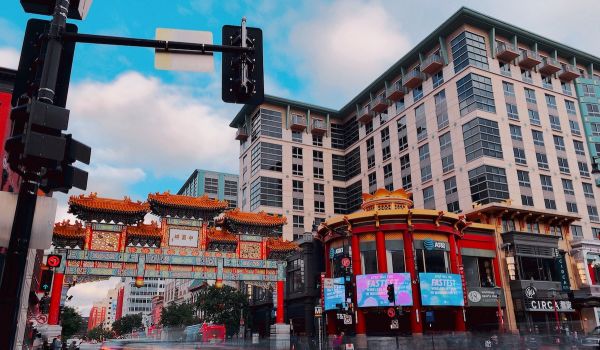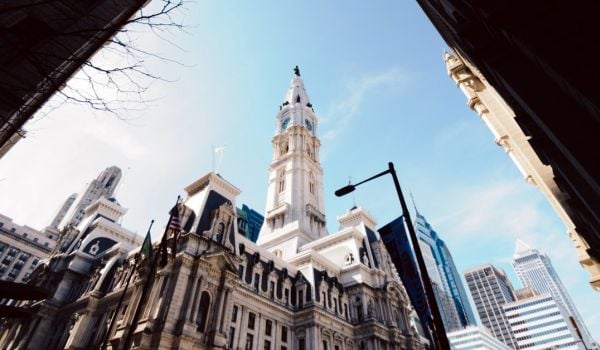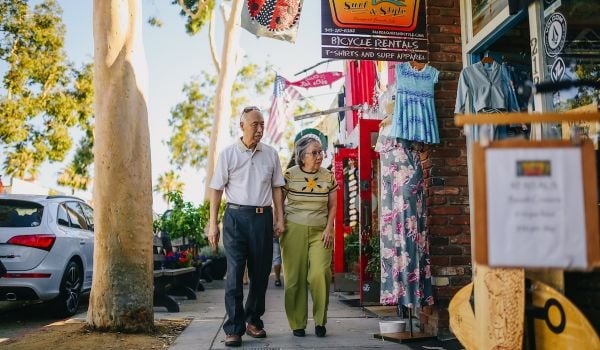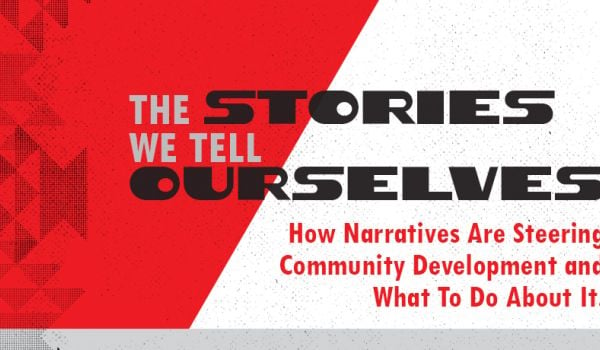This week, planners, policymakers and urban practitioners from across the world are gathering in Kuala Lumpur for World Urban Forum 9. This story is part of Next City’s coverage of the Forum. For more stories, visit our World Urban Forum 9 page here.
When a crane toppled from a construction site of a high-rise condo into a neighboring apartment complex in residential Kuala Lumpur in January, Philip Phang saw the accident as symbolic of the “rampant unsustainable development” taking place across Malaysia’s capital. “Fortunately nobody got hurt,” says Phang, but the incident came just months after a crane operator was killed in an accident on another site in Taman Desa, an area where Phang has lived most of his life.
Phang, the coordinator of the Protect Taman Desa Coalition, is now seeing it transform before his eyes and, like many local residents, is unhappy with the pace of change. Population density is set to increase “tenfold,” he claims, and planned new buildings are reaching above 40 stories, compared to the current highest which stands at about 23 stories. “The worst part of it is that even with all of these increases, the infrastructure remains the same. Taman Desa has zero public transportation, except for a bus service that comes every 30 minutes, and it’s been like this for 40 years,” he says.
Phang and his coalition have aired their grievances during consultations with City Hall, but says their concerns have never been taken into account. They’ve also staged multiple sit-ins in the local area, and recently joined a new network of 30 residents’ associations called Selamatkan Kuala Lumpur, or Save Kuala Lumpur, and on Saturday took their protest to the World Urban Forum, which Malaysia is hosting for the first time. “We found that we were not alone, there were many other similar issues going on in KL city as a whole, of different sizes and of different magnitude,” he says. “The common thing we found is this rampant development… taking place without considering the existing infrastructure, social impact, and traffic impact as well.”
Malaysia is rapidly urbanizing, and it is estimated that 80 percent of the country will be urban by 2030, with the capital at the core of that shift. With 1.8 million people living in Kuala Lumpur, and more than five million in the wider urban area, the population is only set to increase. The city’s mayor has said that disaffected residents will need to “change their mindsets” and adapt to the changing landscape. And the pressure is on to boost economic development as Malaysia strives to achieve its “Vision 2020” of achieving high-income and developed nation status within two years.
Ihsan Mokhtar, the president of the Malaysian Institute of Planners, says the government is working on multiple solutions to address urban challenges in Kuala Lumpur and beyond. Mokhtar, who spoke at a World Urban Forum session on Malaysia’s rapid urbanization, is a proponent of an attempt to reverse the trend of rural to urban migration. “The rural areas are [becoming] empty; devoid of population,” he said. “The east coast railway line is going to change how we look at things; it’s going to allow the rural areas to become connected without destroying the jungle.”
Mokhtar, who says he is “not pro-government,” points to a raft of official initiatives being initiated by implemented to improve livability in Kuala Lumpur, especially around public transport. “Under the current prime minister, we are concentrating more on public transport—we walk the talk,” he says. “Our Mass Rapid Transit is going to be one of the best in the world, with a touch-and-go card [that lets you] go anywhere in the city. We’re making the city more walkable; we’re making the city safer. And this is a direct result of the policies that have been put in place.”
But Mokhtar admits that there is a “big issue” with Malaysia’s various national urban plans (there are three in total) not being fully implemented by authorities, while there are also overlapping city plans in varying stages of implementation and legislation. “It’s about time we sell the plans to the public,” he adds. “We can create the plans, but if we don’t get people to buy in…”
Phang, for his part, accepts that as the city continues to grow there “should be development” in suburban areas, but wants local authorities—who are appointed by the government rather than elected—to take into account residents’ views when approving projects. “There must be balance, and it must be sustainable,” he says.

Holly Robertson is a freelance journalist based in Cambodia who focuses on human rights, gender and the environment. Her work has been published by The Washington Post, Guardian, BBC, Columbia Journalism Review, VICE and Mashable, among others.

